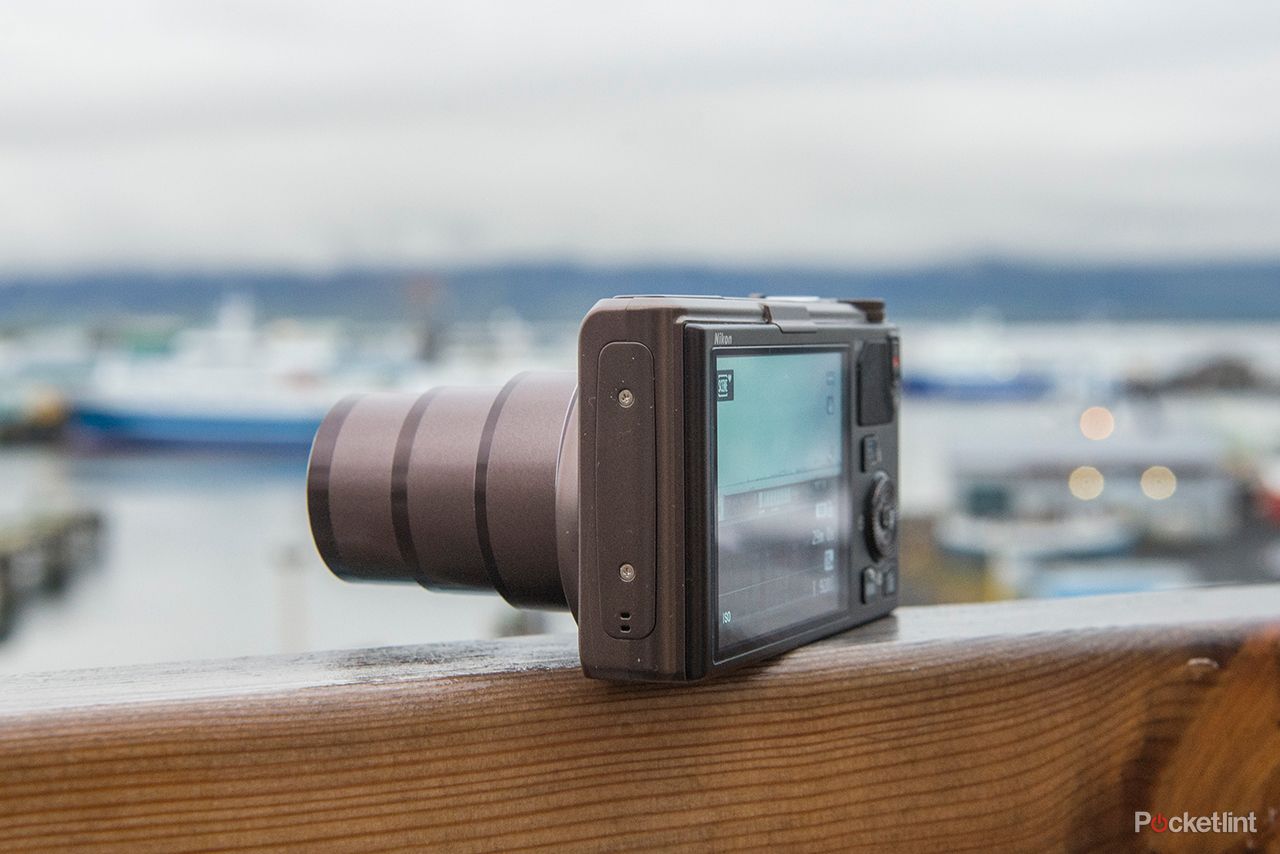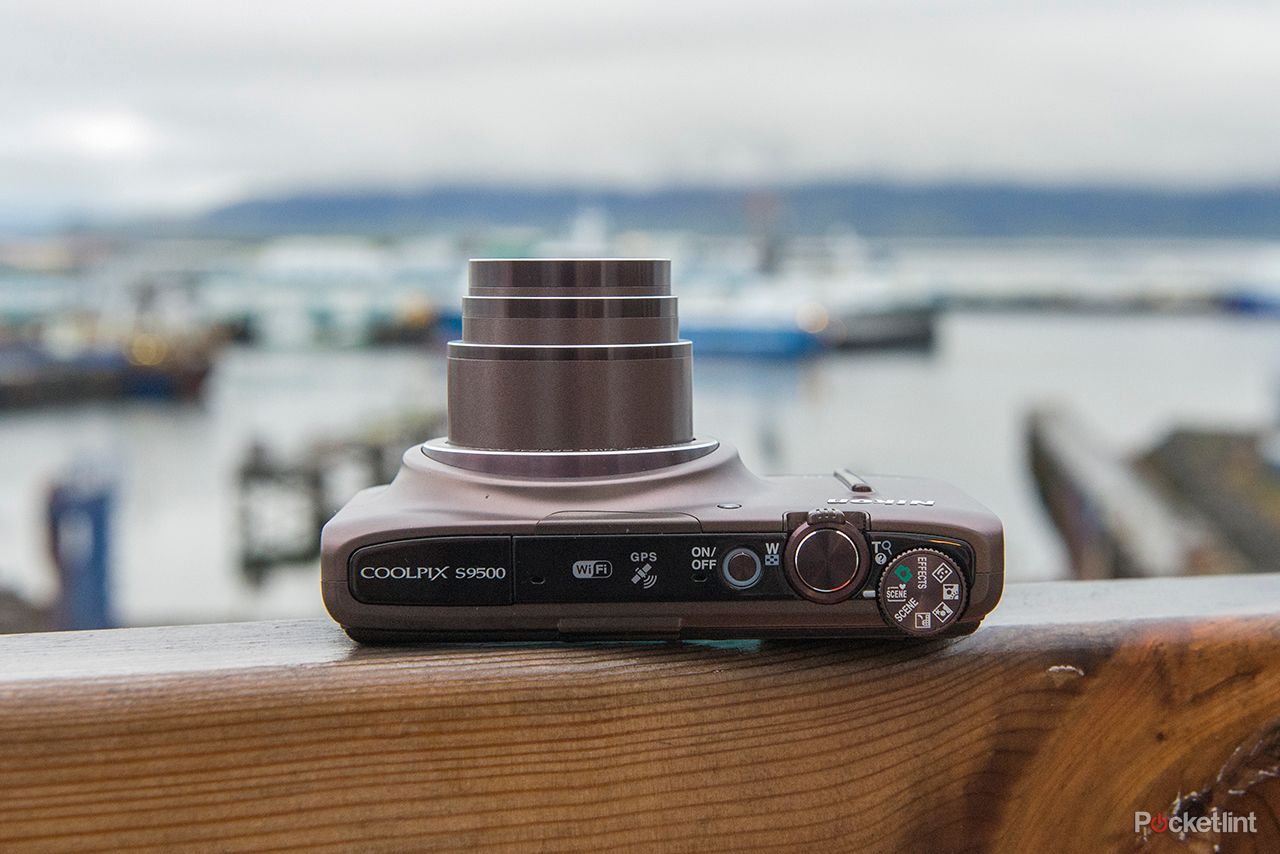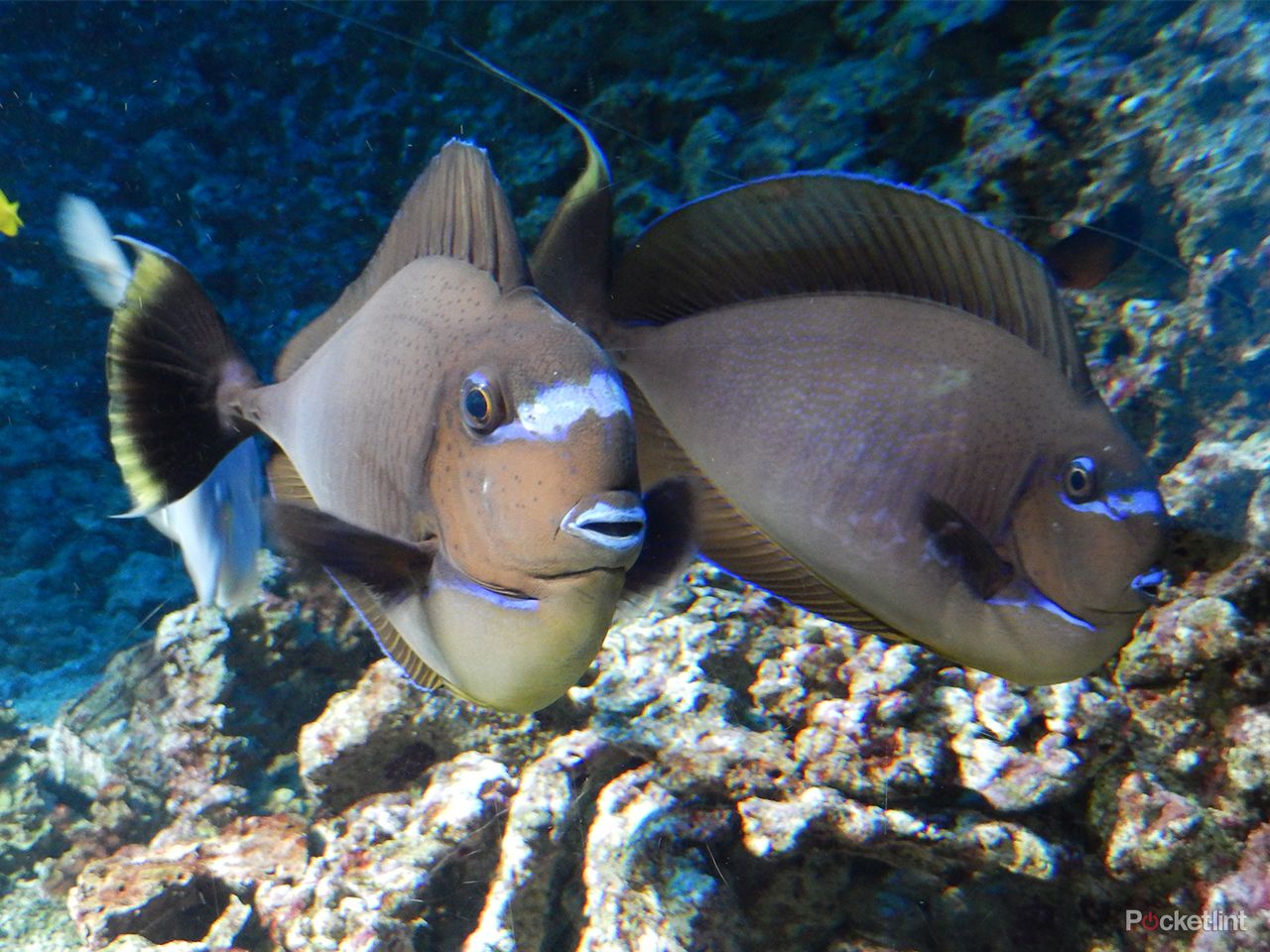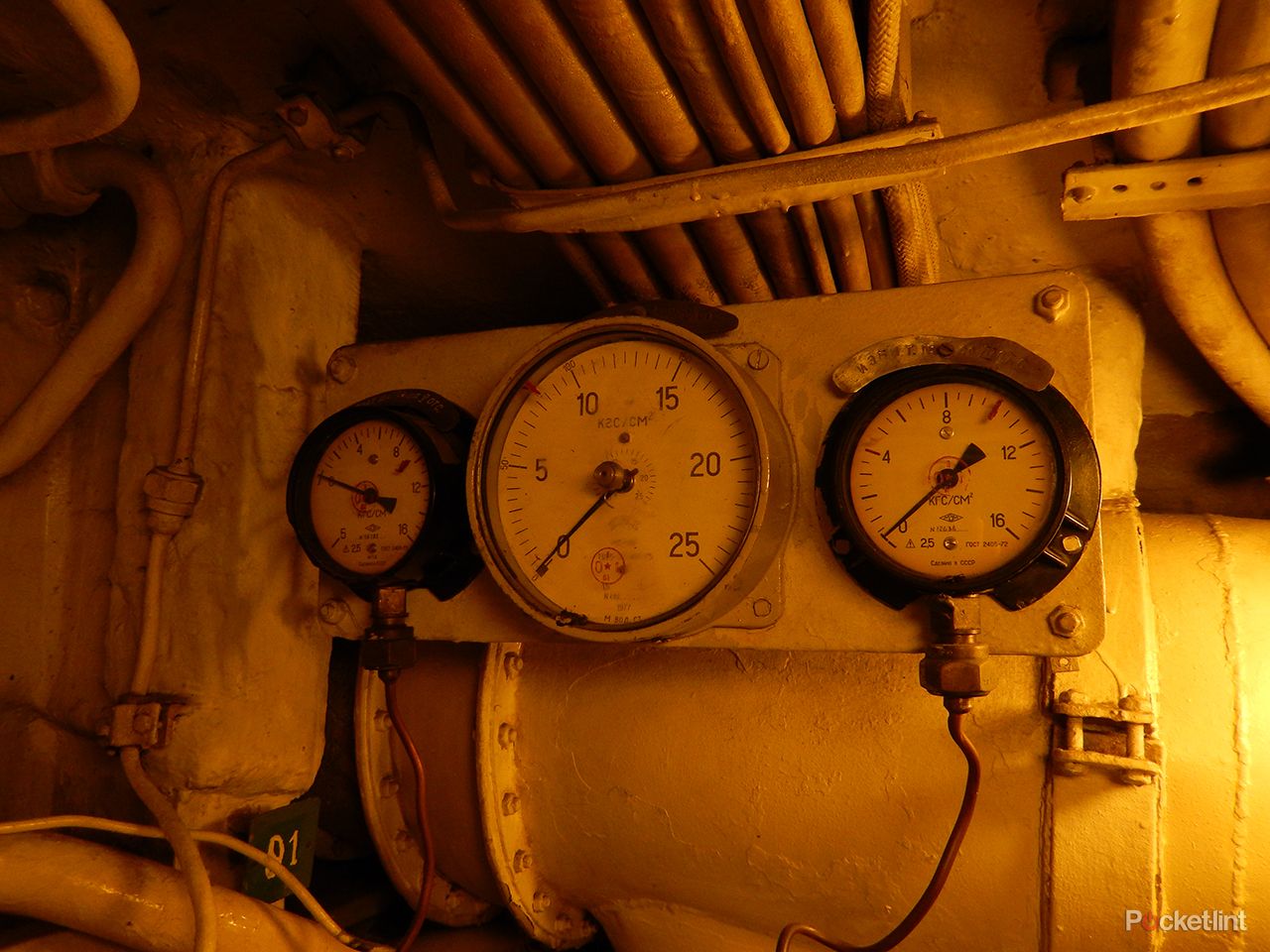The Nikon Coolpix S9500 fits into that smartphone-won't-cut-it bracket: its 22x optical zoom lens not only means wide-angle shots can be captured, but those far away subjects are also well within reach. It's a straightforward point-and-shoot model that doesn't overcomplicate things. But with such variety out there - and in light of the new, megapixel-packed sensor which gives us concern from the off - does the S9500 right the wrongs of the earlier S9300 model and, crucially, can it cut it against the competition?
Our quick take
If you're after a point-and-shoot camera then the Nikon Coolpix S9500 may well have surfaced on your shortlist. We can see why too: it's got a reasonable-sounding feature set; it's small yet has a significant 22x optical zoom lens in tow; and the inclusion of current technologies such as Wi-Fi keeps it up to speed.
But there are small quibbles that amount to a bigger overall issue though: the lens-based image stabilisation system isn't as good as we'd like, there's shutter lag, the camera opts for low shutter speeds too often and image quality isn't going to win any awards. It's all passable, but it's not best in class stuff.
And that there is the S9500's main problem - it isn't so much the camera itself but the strength of the competition out there. With prices as they are now the Nikon is a step behind similar competitors at every turn in specification terms and considering it's the same price that just doesn't fly. If you want fully featured then take a look at the Panasonic Lumix TZ40. If best possible image quality is your top priority then the above mentioned Canon PowerShot SX280 HS should put a big tick in the box.
Buy an S9500 and you'll probably be pleased with its small size, big zoom, ease of use and decent battery life. But buy a competitor in the same price range and you'd probably be happier still.
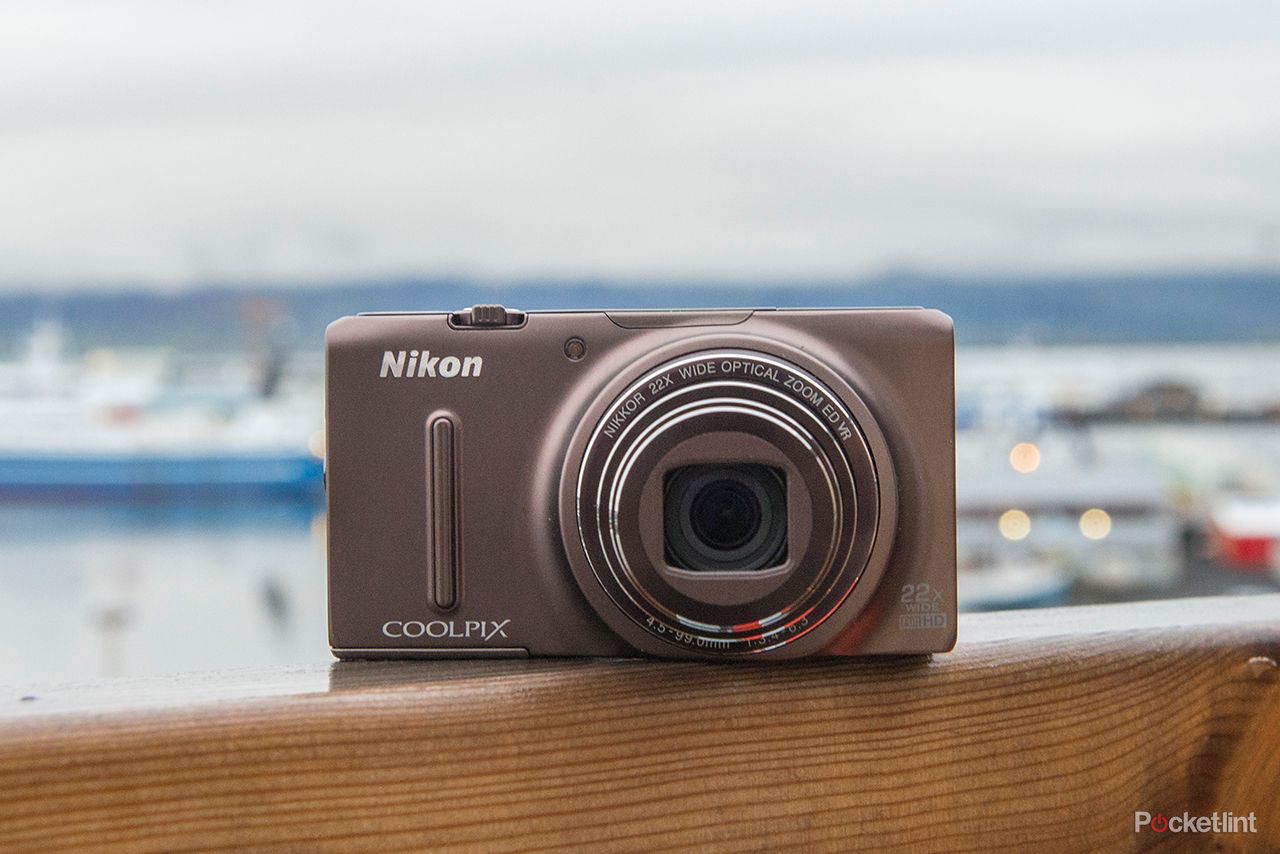
Nikon Coolpix S9500 - 3.5 / 5
| FOR | AGAINST |
|---|---|
|
|
Nikon Coolpix S9500
Point-and-shoot pleaser
The Coolpix S9500 that landed in 'Lint towers for review came dressed in a brown finish. Call it "chocolate", call it what you want - but it's brown. That set us off on the back foot based on its appearance alone. But worry not Linters, for there are plenty of brighter and more standard colours variants also available - just not for your visual pleasures on this review page.
Ignoring the paint finish and the S9500 is otherwise a simple and well designed camera. Its focus is on the point-and-shoot user: it's a pick up, zoom and shoot kind of camera, that's for sure. No nonsense here - and that'll be exactly what plenty of buyers are looking for.
There is a mode dial on top of the camera to skip between special modes - in addition to auto you can use in-camera effects or pre-designated scene modes for apparently optimum results for specific scenarios - but no full manual options to worry about. If you're after that bit of extra control then you won't find it here.
But the S9500's biggest sell is its wide-ranging zoom lens that's been squeezed into a relatively small body. The 22x optical zoom equates to a 25-550mm equivalent zoom that's adjusted using the zoom toggle collared around the shutter button. It's responsive in use and also comes with an optical image stabilisation system - Nikon calls it Vibration Reduction - to help steady those longer shots.
A wobbly performance
But despite the promise on paper of the image stabilisation system, we feel a little short changed. At the top-end of the zoom we found the preview image to be really rather wobbly and that made it tricky to compose, while shutter lag caused additional issues when shooting at those longer focal lengths. It doesn't cut it compared to something like the Panasonic Lumix TZ40. Not at all.
READ: Panasonic Lumix TZ40 review
We've been shooting with the S9500 in and around Hamburg, Germany, where we've come across multiple scenarios. From inside a dim-lit submarine, through to the docks at night, we've also had some great sunlight to capture images. And the results have been really mixed.
When there's little light available the S9500 is determined to keep its ISO sensitivity - this heightens the camera's response to low light, but at the expense of image quality - at a low, even at the expense of workable shutter speeds. We've had the camera opt for 1/15th sec shots in conditions where it really wasn't suitable due to handshake. We would, typically, push the ISO ourselves - which, alongside separate exposure compensation is available - but the Auto ISO maxes out at ISO 800 and this is the default setting that most will use, as you won't want to think about all the techie sensitivity stuff. As a result we found some test shots have been a touch blurry due to handshake.
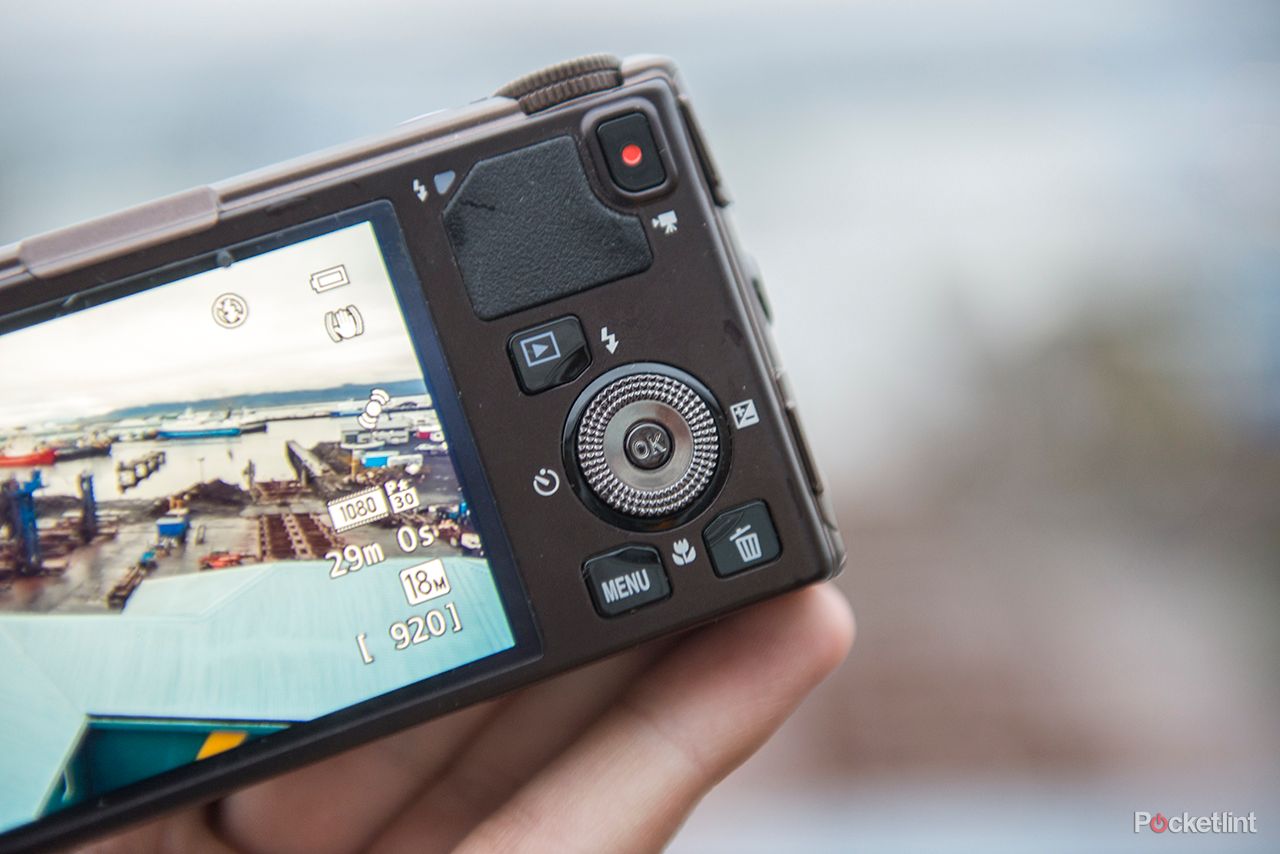
Just like the earlier S9300 model there's also no touchscreen technology on board the S9500. Using the camera is all about the buttons and rotational d-pad on the rear. That works just fine, but when plenty of competitor models have touch-enabled devices it feels as though this Nikon is a step behind.
READ: Nikon Coolpix S9300 review
Positive push
But there's far better news too: the camera's 3-inch, 614k-dot OLED screen on the rear has a reasonable angle of view and just enough resolution at this price point, while the autofocus system we found to be capable in every condition we threw at it.
Close-up macro work is a little limited in terms of range - at the 25mm equivalent of the zoom it's possible to focus to around 4cm from the lens, even though the Nikon website wrongly claims 50cm - but otherwise we've been happy to let the S9500 do the work with few qualms in autofocus terms.
Nikon Coolpix S9500 review - sample image at ISO - click for 100 per cent crop
There's a wide-range of autofocus types, too, including manual placement alongside other options for multi-area auto and tracking focus. We did spot the occasional glitch with the manual placement selected whereby the focus area appeared outside of the available focus box and froze up - it wasn't responsive to key adjustments either. That was cause for the good ole "off and on" trick which seemed to fix things up just fine.
Battery life we found to last out for a long time, which feels like a big improvement compared to the previous generation S9300 model. The spec sheet claims 230 shots per charge - a figure we almost reached with apparently zero impact to the battery display bar. But that does bring rise to a hidden issue: from its "full" position the battery can quickly deplete and the icon will suddenly be flashing red before it's lights out. We'd like to see a more accurate percentage display.
As per plenty of other compact cameras the S9500 also includes GPS - that's Global Positioning Satellite technology - to geotag images with location information. It's useful for when searching back through images on a computer, or synching with online sites where such information can be mapped out. If that sounds like something you won't ever want then the slightly more budget Coolpix S9400 is also available to fill that gap.
Nikon Coolpix S9500 review - sample image at ISO 400 - click for 100 per cent crop
There's also Wi-Fi connectivity to share images with smart devices via an app. It takes some fiddling around to sort it out, but it's in keeping with the current trends and an essential on board all recent compact cameras. We could take it or leave it though.
The megapixel rise: image quality's fall
Compared to the 16-megapixel S9300 the S9500 has cranked up the megapixel count yet more: there are 18-million active pixels on the Nikon sensor which, considering its small size, is a lot. In fact it's too many - a 1080p television has just over 2-megapixels, and squeezing 18-megapixels onto a small area works to the detriment of image quality.
That, unfortunately, rings true with the S9500's shots. On the camera's screen the 3-inch scale previews often look great, but explore things at 100 per cent scale and the JPEG files leave a lot to be desired.
Nikon Coolpix S9500 review - sample image at ISO 125 - click for 100 per cent crop
Softness is prevalent, particularly at the longer end of the zoom, while image processing further diminishes those finer details. Things can look a little mushy. However, if you're not printing at a large scale, or just sharing small files online then chances are that you'll barely notice such issues. So it's no write-off by any means.
When we've shot consecutive shots in the same position we've found the white balance to differ too, sometimes by a considerable degree. Shots at ISO 800 and above also have a far more withdrawn, muted colour palette.
Nikon Coolpix S9500 review - sample image at ISO 250 (-1EV) - click for 100 per cent crop
But there is fun to be had: the lower ISO settings are just about passable, while the in-camera Effects modes provide decent Instagram-style finishes to shots. Throw in 1080p movie capture and the S9500 proves its worth, albeit not to the same degree as a chunk of the competition out there. Position this camera against the Canon PowerShot SX280 HS and Nikon is pushed into second place.
READ: Canon PowerShot SX280 HS review
Nikon Coolpix S9500
To recap
When it comes to point-and-shoot compacts Nikon has got some things right in the S9500: its small yet has a significant 22x optical zoom lens that's reasonable but couldn't be considered the best in class. That's the conclusion allover really: that even while there's nothing wrong with this camera it's just not as kitted out as the competition.

